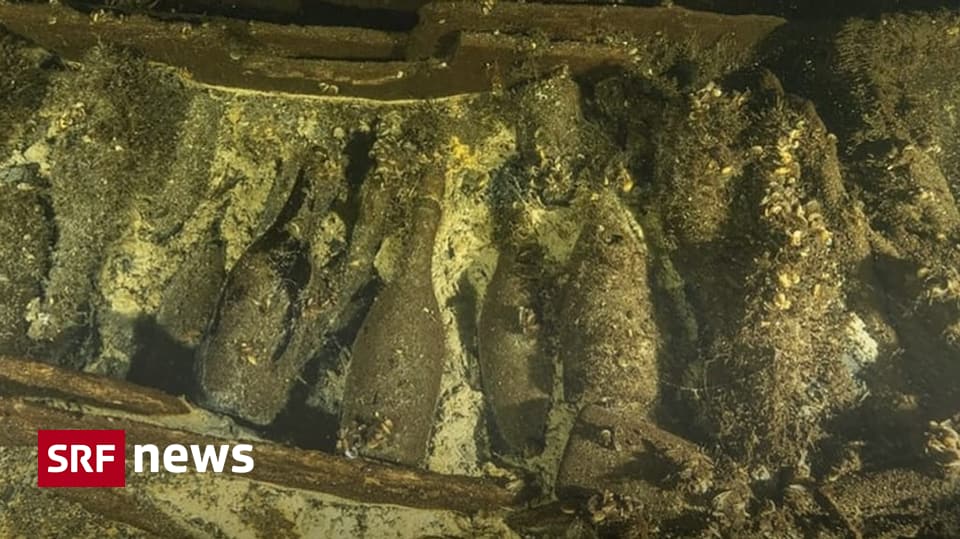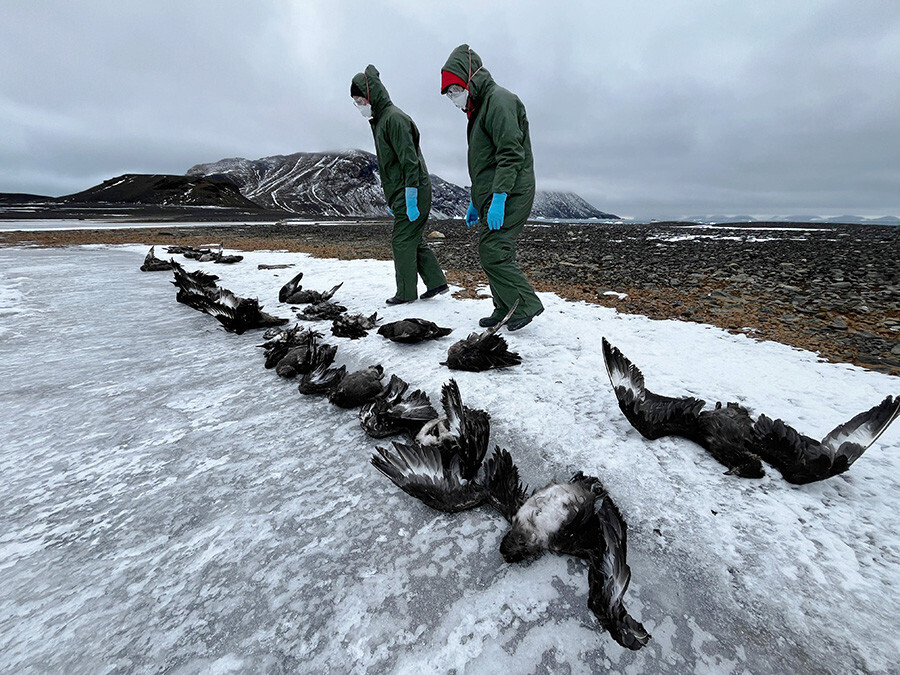The search team set out on March 13 for the Trinity Peninsula and northern Weddell Sea area. On site, the team conducted an initial assessment of sick individuals or unusual wildlife deaths and collected samples for HPAIV H5 testing.
In addition to collecting non-invasive samples from sick or sick animals, hundreds of fecal samples were also collected from apparently healthy animals to study their prevalence of the virus. In addition, air and water samples were taken to help determine the presence of the virus in the environment.
Avian influenza affects wildlife populations
The researchers concluded that the virus continued to spread in the northern Weddell Sea region of Antarctica. Skuas are the species most affected, and this could have long-term consequences for their continued presence in the area.
The impact on Antarctica's wildlife is extremely worrying, researchers said. “For this reason, developing possible monitoring tools in Antarctica could help monitor the effects of HPAIV H5 in the coming years,” explained Expedition Leader Megan Dewar.
The expedition was mainly funded by the International Association of Antarctic Tour Operators (IAATO), as well as the European Union project Kappa-Flu and the Spanish National Research Council (CSIC). More tests will be conducted in the coming months.

“Alcohol buff. Troublemaker. Introvert. Student. Social media lover. Web ninja. Bacon fan. Reader.”







More Stories
Is the wrong diet making you forget?
We can study it with a new telescope.
Education: Start studying astronomy at school.